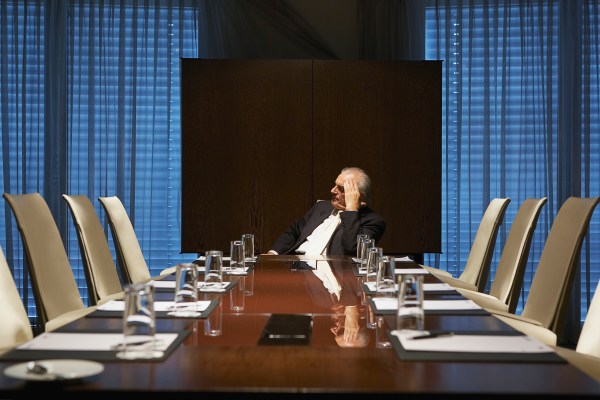“Would you like to meet on February 17th?”
I had to do a bit of a double take. Certainly this meeting, which was being scheduled earlier this week, was meant for December 17th and not February 17th. But I was wrong, we were scheduling eight weeks out, presumably due to the usual combo of travel, vacation, and general busyness.
Over the past few months, I have increasingly instituted a rule that I won’t schedule any form of catch-up meeting, source meeting, dinner meeting, fundraise advice meeting, or what have you more than 48 hours in advance. While I haven’t made this a religious conviction and maintain some flexibility, it frankly has been one of the most liberating decisions I have ever made.
The general premise underlying this model of course is spontaneity. Startups, innovation, and the news cycle happen in real-time, and are never aligned with your agenda planned eight weeks ago. The more you plan your weeks out in advance, the less you are able to take advantage of opportunities in the moment, and that’s a huge compromise — or at least, it has been in my own experience.
Worse, the “energy” and vigor of well-planned meetings tends to subside as the weeks flow by to the actual planned meeting date. That sales call you are super excited about suddenly seems like drudgery after several weeks of pausing. Projects move along at a glacial pace since they have to be coordinated with a bunch of schedules and it will take weeks to find the next slot. Will anyone care about momentum in a month?
Paul Graham wrote a well-known essay talking about the manager’s schedule versus the maker’s schedule. Makers leave open large blocks of time for creative work, while managers are weighed down by the relentless river of meetings and calls that come with managing other humans. I still think this is a pretty foundational way to understand your calendar.
But hidden in that maker’s calendar is the spontaneity that comes with driving innovation. A sudden inspiration in the morning and the time to actually follow up on it means that what might have been a fleeting idea could become the foundation for a great new product, or in my world, a story. Nothing kills a brand new idea than sucking the life energy of it across six back-to-back 1:1s that were scheduled a month ago.
The upshot of the 48-hour meeting rule is that both parties have the right information to actually determine whether a meeting will even be valuable. You switch the context from “let’s meet in the future and chat” to “let’s meet right now about something specific.” Suddenly, the rule creates its own forced prioritization for both parties. You are either committed, or you are not. You can’t waffle moments before a meeting takes place.
This 48-hour rule has led to some interesting email exchanges. I had a founder reach out who wanted to ask advice on an “urgent matter,” so I suggested a call an hour later. The response was essentially, “Oh, it’s urgent, but not like that urgent. Can we do a call in a couple of weeks?” I responded that I am almost certainly free, and so reach out in a couple of weeks. Instant prioritization, and I saved an hour of my time with almost no work.
Now, in practice, this rule has some complexities, which is why I said that you can’t be devout in following this rule. Obviously, there are large events (the “wedding” event) where dozens if not hundreds of people have to be coordinated. Okay, fine. That’s not really what this rule is about.
But, that twelve person standup meeting at work? Is that really necessary on a daily basis? Or the monthly group discussion about some initiative? I am not saying this is something that anyone can implement at a large company overnight (particularly if you are not senior enough to create this culture yourself), but standing meetings are almost always a time suck.
Instead, trigger meetings around real needs and get to the end of the process with alacrity. If you need to draft the API for some new platform, don’t do it across twenty 30-minute meetings over several months. Set aside the proper time to actually hash out most of the plan in one straight shot, where the concentrated energy and focus can move the project forward really fast. You can always do follow-up revisions in a shorter bursts.
Now, I’ve talked with a bunch of people about this rule the last few weeks, and their responses have ranged from incredulous to convert. As I said before, it has been a transition for me, one that has taken place slowly over the last few months. I increasingly have spontaneous meetings, but it didn’t happen overnight (I mean, I had a whole litany of two-months-out meetings to get through first!) But think of it as a forcing function — try to get as many of these calls and meetings scheduled in the moment.
Ultimately, you may be surprised how well other people are receptive to this model. It’s so much more energizing to wake up, and then discover throughout the day what is going to be most exciting and productive. And every once in a while, I get an offer for a meeting in February, mention the 48-hour rule, and then get a response of, “he/she is available in an hour – would that work?” And it delights me to think that this multi-week burden on the calendar vanished, and we’ve moved the whole world forward by months.
